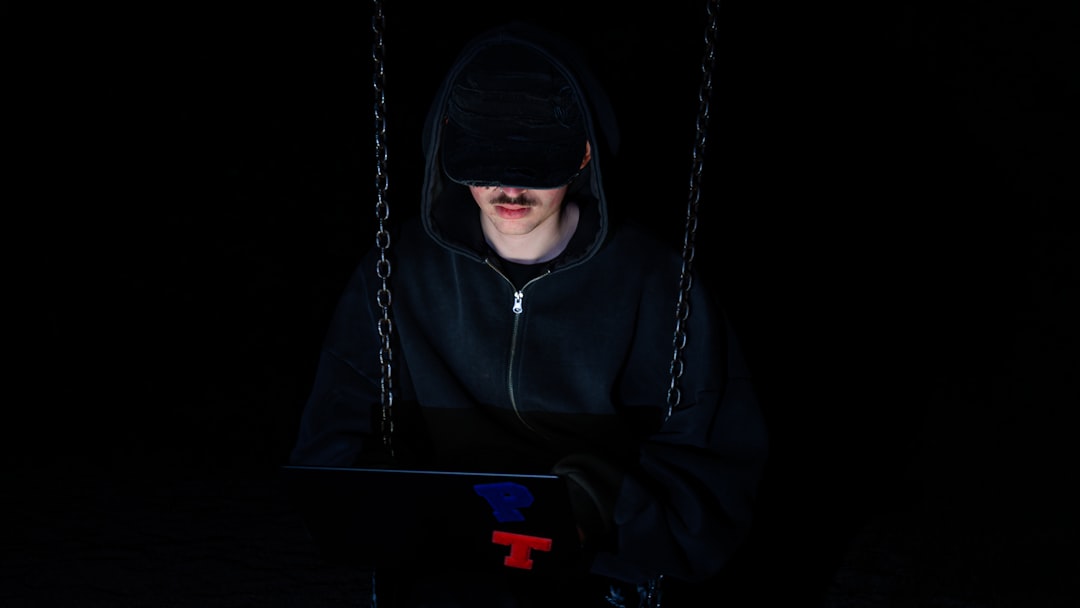Artificial Intelligence (AI) has become a cornerstone of modern technology, woven into everything from customer support to healthcare and creative arts. As society becomes increasingly reliant on these systems, a pertinent discussion arises around the limitations placed on AI models—particularly whether an AI can exist without restrictions, and what the implications of such a system would be.
TLDR
Most mainstream AI systems today are designed with strict restrictions to ensure ethical, legal, and safe usage. These limitations are primarily guided by concerns about misuse, harmful output, and compliance with various laws and societal norms. While efforts have been made to create less restrictive AI, fully unrestricted AI poses enormous risks and is generally frowned upon by the global AI research community. Therefore, there are no widely available AI systems without prohibitive boundaries—at least, not ones developed and distributed responsibly.
Why Restrictions Exist in AI Systems
Before considering whether unrestricted AI exists, it’s important to understand why restrictions are enforced in the first place. The primary reasons include:
- Ethical considerations: Preventing bias, hate speech, and other harmful content.
- Legal compliance: Ensuring that AI systems do not assist in illegal activities.
- Security and privacy: Avoiding generation of malicious code, data leaks, or impersonation.
- Preventing misuse: Limiting capabilities that could be exploited, such as deepfake creation or untraceable information gathering.
These constraints are designed to align AI behavior with well-established norms of responsible technology use.
Current AI Models and Their Limitations
Major AI providers such as OpenAI, Google DeepMind, Microsoft, and Anthropic design their models with built-in safety layers. These include:
- Content moderation filters: To prevent generation of hate speech, fake news, or offensive language.
- Refusal mechanisms: The AI declines to respond to queries that ask for illegal or sensitive information.
- Bias reduction algorithms: AI alignment techniques aimed at minimizing the perpetuation of stereotypes or misinformation.
AI developers often undergo internal and external audits to maintain ethical integrity and user trust. Any perception of the AI going “rogue” can lead not only to public backlash but also significant legal consequences.

Are There Any AI Models With No Restrictions?
The short answer is no mainstream AI has zero restrictions. Every widely distributed model, regardless of its openness, comes with at least some guardrails to ensure safety. However, a few categories exist that approach the concept of less restriction:
1. Open-Source Models
Open-source AI models, such as Meta’s LLaMA (in certain iterations), Mistral, or EleutherAI’s GPT-J, offer more transparency and flexibility. Since they allow users to modify the code and retrain the model, they inherently have fewer restrictions compared to proprietary systems like ChatGPT or Claude. However, this isn’t the same as being “completely unrestricted.”
Even open models are usually distributed with user agreements limiting misuse. Additionally, most open-source communities implement their own ethical guidelines to discourage harmful applications.
2. Locally Hosted AI
Another avenue where people try to bypass restrictions is through locally running AI systems. By downloading an AI model and running it on personal hardware, users can disable filters, modify outputs, or fine-tune behaviors sandwiched between custom prompt layers.
While this does grant more control, it’s no longer a question of the AI being unrestricted by design—it’s being unrestricted by unauthorized modification. This places ethical and legal responsibility squarely on the user.
3. Black-market or Underground Models
On darker corners of the internet, some individuals have created or modified AI models to intentionally eliminate most safety features. These are often shared as pirated versions of established models or developed independently with the intent of being “uncensored.”
These extremely risky solutions are usually unstable, lack oversight, and can easily be exploited for criminal purposes. Most technology platforms, cybersecurity firms, and even law enforcement actively monitor and shut down the distribution of such tools.
The Risks of Unrestricted AI
It might seem tempting to explore what unrestricted AI can do, but allowing an AI system to operate without limits opens the door to severe and far-reaching risks:
- AI-assisted criminal activity: From hacking to building dangerous weapons, an unrestricted AI could support illegal acts.
- Misinformation campaigns: With no filters, AI can flood the internet with convincing fake news and propaganda.
- Privacy violations: Unrestricted access to data scraping or impersonation abilities threatens individual safety.
- Psychological harm: Exposure to offensive, graphic, or manipulative content generated by AI could harm vulnerable individuals.

The long-term implications could also include eroded trust in digital ecosystems, chilling effects on innovation, and even political instability driven by large-scale disinformation campaigns powered by AI.
Why Some Users Want Unrestricted AI
Despite the risks, there’s a growing demand among certain tech communities for less restricted AI. The reasons usually include:
- Unhindered creative freedom – Writers, artists, and developers may want unfiltered assistance for adult content, dark fiction, or gray-area coding projects.
- Educational purposes – Researchers and students may seek access to unrestricted models for security testing, offensive security training, or controversial academic discussions.
- Anti-censorship arguments – Some believe that AI tools should not impose moral or societal values on user interactions, citing free speech concerns.
While these reasons may be partly legitimate, the absence of universal accountability means that zero-restriction AI cannot be safely released into general use.
The Myth of the “Truly Unrestricted” AI
It’s worth unmasking a popular misconception: many AI models that market themselves as “uncensored” or “freedom of thought AI” often still carry basic limitations. Either their datasets were filtered prior to training, or the software behavior is still informed by policy-driven architectures. True unrestricted AI—capable of any action or generating any thought—is mostly imaginary at this stage, or severely dangerous when attempted.
Building AI for Freedom and Responsibility
Rather than chasing the extreme of zero-restriction, a better approach is developing AI systems that are both powerful and ethically guided. Responsible AI design aims for:
- Transparent policies – Users understand clearly what AI can and cannot do.
- Controllable boundaries – Customization within safe zones, allowing creative use without abuse.
- User accountability – Encouraging responsible behavior through user agreements and audit trails.
This middle-ground approach is adopted by many trustworthy AI vendors who choose safety without excessively crippling their systems’ usefulness.
Conclusion: Should We Even Want AI Without Restrictions?
In conclusion, while no AI with absolute freedom exists in commercial or academic spheres today, ongoing technological evolution continues to blur the line between restriction and capability. It is possible to develop highly capable AI that respects freedom of use while minimizing harm—but this requires thoughtful design, community effort, and ethical commitment.
As tempting as unrestricted AI may seem in theory, the real progress lies in enhancing AI’s utility while preserving the safety of its users and society as a whole. An AI with rules isn’t weak; it’s prepared for responsible integration into our digital and human ecosystems.
